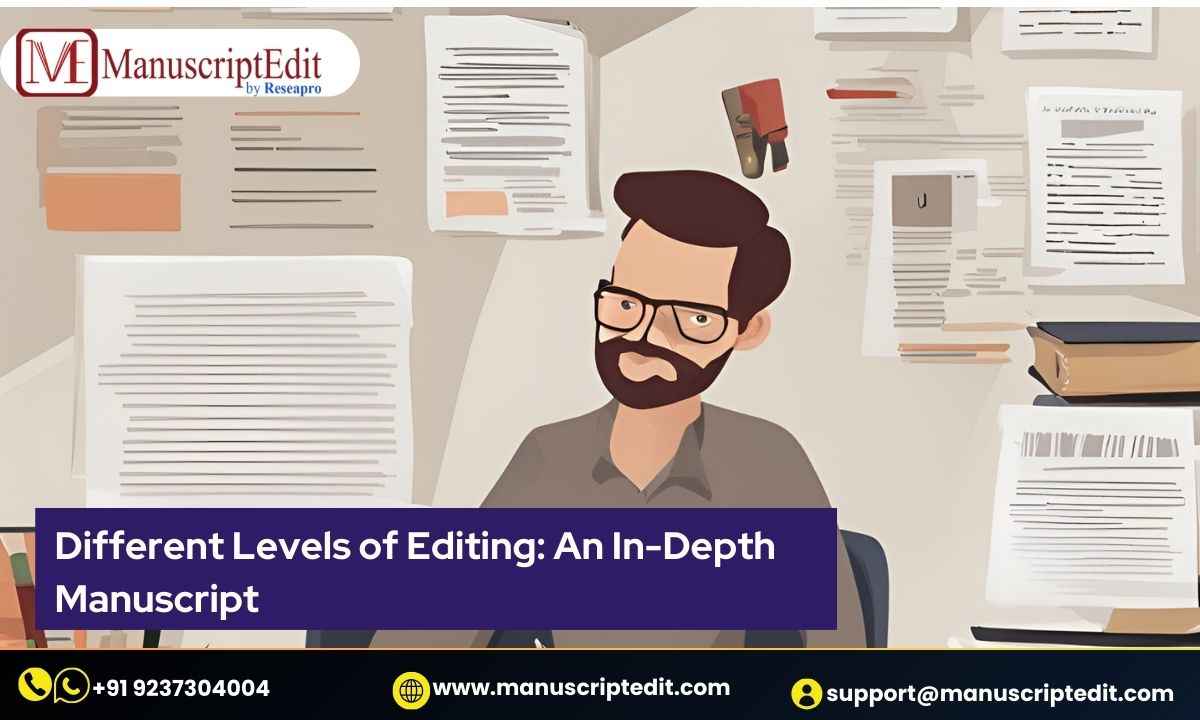In context of invasion of research communication, invasion of AI has posed a serious issue to the publishers. Editors increasingly require transparent AI disclosure and confidential handling of manuscripts during peer review. Many authors utilise AI to write their research papers, but lack of current policy updates and guidelines lead them to rejection. This guide shows what AI use is acceptable, what crosses the line, and how to write a compliant disclosure—plus five quick self‑checks before you submit.
Table of Contents
Why editors care about AI disclosure
Accountability & authorship. AI tools cannot be accountable authors. Humans remain responsible for accuracy, originality, ethics, and permissions. Disclosing what was assisted by AI clarifies responsibility and avoids confusion in authorship and contributorship.
Review confidentiality. Manuscripts and peer‑review reports are confidential. Uploading any confidential text, data, or images to public AI tools risks unintended disclosure and potential policy violations. Keep confidential content offline or use approved, enterprise‑grade tools with data‑handling safeguards.
Policy convergence. Most major publishers and funders now expect disclosure of AI assistance for writing, editing, or summarising. A short, plain‑language statement generally suffices when the use was limited and fully verified by the authors.

Acceptable uses (with disclosure) vs not‑OK uses
OK with disclosure (always verify and take responsibility):
• Language polishing and clarity improvements.
• Reference formatting or basic bibliographic cleanup.
• Structural edits (re‑ordering sentences/paragraphs) that you review and approve.
• Summaries of your own text that you validate against the source.
Not OK (even with disclosure):
• Uploading confidential manuscripts, reviews, or datasets to public AI systems.
• Using AI to generate peer‑review reports or decide acceptance/rejection.
• Undisclosed paraphrase or rewriting that obscures sources or introduces inaccuracies.
• Relying on AI for novel data analysis or interpretation without human validation and full methodological transparency.
Five Peer Review Self‑checks before submission
☐ Consistency. Do the claims, methods, and data tell the same story? If AI helped with drafting, ensure nothing overstated, invented, or contradictory slipped in.
☐ Citations. Confirm that all references exist, are correctly cited, and include valid DOIs where applicable. Remove any hallucinated or mismatched citations.
☐ Methods transparency. If AI assisted writing or summarising, state this briefly. Make clear that authors verified all outputs and accept responsibility.
☐ Data availability. Provide a clear statement about where data, code, and materials can be found (or why they cannot be shared).
☐ Image integrity. Check for duplications, inappropriate contrast/brightness changes, or problematic crops. Keep original files and document any adjustments.

How to write an AI disclosure statement
Use simple, factual language. Place your disclosure in Methods, Acknowledgments, or the journal’s designated section. Tailor wording to the journal’s policy.
Example A — Language polish only:
“We used an AI‑assisted editing tool to improve language clarity. The authors verified and edited all output and take full responsibility for the content.”
Example B — Summarisation during drafting:
“An AI tool was used to generate brief summaries of author‑drafted sections during manuscript preparation. No confidential or unpublished data were provided to the tool. All authors reviewed and approved the final text.”
Check out our other AI Related article – Click Here
Quick FAQ about AI and Peer Review
Can I use AI to improve English?
Yes—when disclosed and fully verified by the authors. You remain responsible for accuracy, originality, permissions, and ethics.
Can reviewers use AI to write reports?
No. Peer‑review materials are confidential. Do not upload manuscripts or reviews to public AI tools or rely on them to generate evaluations.
Where do I put the disclosure?
Most journals accept it in Methods or Acknowledgments. Some provide a specific disclosure field. Mirror the journal’s instructions.

Download: 1‑Page AI Use Disclosure Checklist
Get the checklist covering: when to disclose, safe vs risky uses, reviewer do/don’ts, and two ready‑to‑use disclosure statements.




